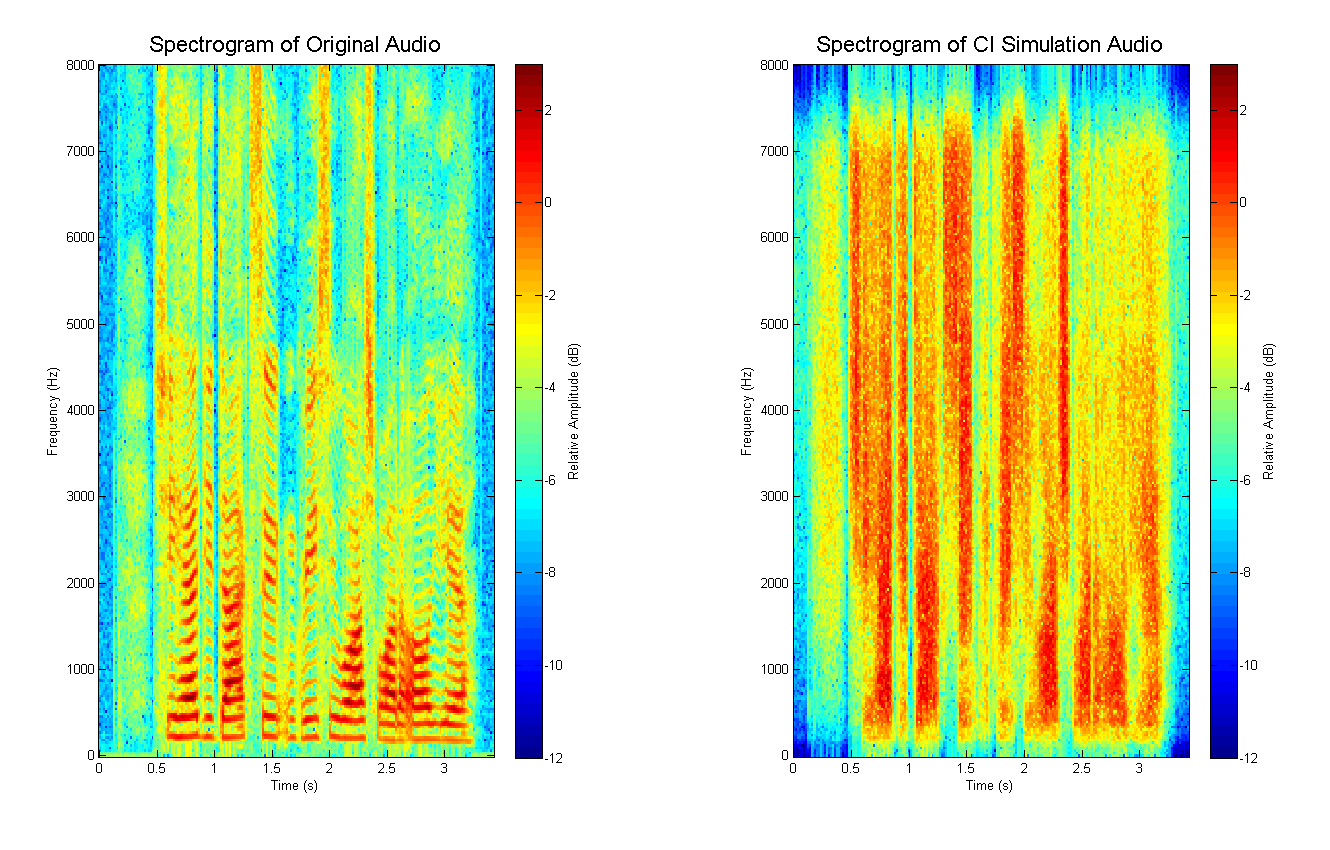
Vibrotactile Patterns to Convey Auditory Cues
Contact
Members
Dr. Troy L. McDaniel
Dr. Troy L. McDaniel
Dr. Sethuraman "Panch" Panchanathan
Dr. Sethuraman "Panch" Panchanathan
People with auditory disabilities are at a disadvantage due to their inability to access the details of their surroundings conveyed through sound. Though a cochlear implant can empower a person to interact socially, it lacks an adequate resolution to provide the rich details of speech and sounds that enhance a person's awareness of speaker identity and prosody. An implementation of an assistive technology to augment cochlear implants may improve one's ability to adjust to an auditory disability. Over the last decade, many studies have found touch-based (haptic) interfaces to be an effective method of delivering information discretely and efficiently. Researchers have developed a wide range of haptic devices that use vibrations to deliver information, including wearable gloves and tabletop displays. Though preliminary research has demonstrated that a vibrotactile display on a person’s back can convey information with great detail, we aim to explore the delivery of vibrotactile cues specifically as an assistive social aid with the potential to help people with auditory disabilities in their day-to-day interactions.






